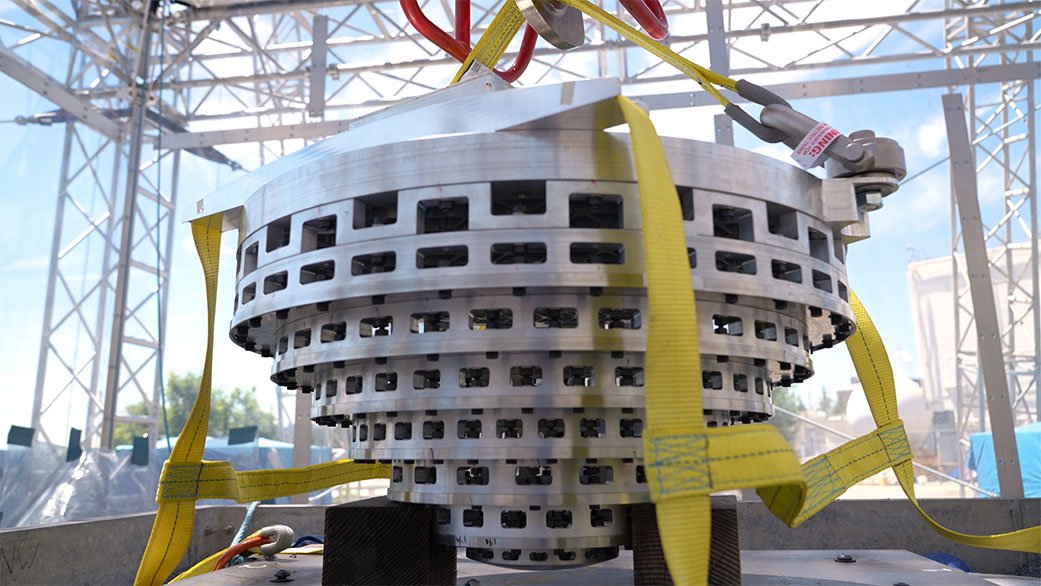Landing on Mars is no easy job, just getting a spacecraft down on the surface costs millions of dollars. For space agencies like NASA who have landed on the surface of Mars successfully nine times. However, that has involved using parachutes, airbags, jet packs, and costy engines. The landing system which NASA calls EDL (Entry, Descent and Landing), can cost up to 300 million dollars on its own! Which is almost the cost it takes to build a rocket to get there in the first place! And with more missions coming up in Mars exploration, NASA needs a cheaper way to land on the surface Mars and other objects.
And one way to do that, how about crashing into it?
Rather than slow a spacecraft’s high-speed descent, use a shock absorbed shield on the spacecraft. Like the crumple zone of a car and absorbs the energy of a hard impact. So meet SHIELD (Simplified High Impact Energy Landing Device), a mission test at NASA’s Jet Propulsion Laboratory (JPL.)
Image Source: NASA
“We think we could go to more treacherous areas, where we wouldn’t want to risk trying to place a billion-dollar rover with our current landing systems,” said SHIELD’s project manager, Lou Giersch “Maybe we could even land several of these at different difficult-to-access locations to build a network.”
Could it be possible? The SHIELD team created a prototype and on August 12, 2022 they dropped it 90 feet to the ground with a cell phone attracted. The probe impacted the ground at 110 mile per hour, but the shield completely absorbed the impact. And the shield wasn’t hitting any normal ground at 110 miles per hour it hit pure steel.
And the cell phone didn’t have a single crack on it!
The idea may sound crazy, but it has been done before.
In the 1970s and 1980s when the Soviet Union landed probes on Venus, when they detached the parachutes. The shock shield would absorb the ground in final seconds on the landing. And NASA uses shock absorber shields on some manned spacecraft before they splashdown in the ocean around 18 miles per hour.
So here's what a mission would look like using SHIELD: a probe would have a heat shield protecting it from the heat of the atmosphere as it entered it. After that it would deploy a small parachute that would slow it down from 1,000 miles per hour down to 100 miles per hour. And then after a couple of minutes it would cut the parachute and hopefully make a hard landing on the surface.
A test flight could be made sometime in the late 2020s and could start becoming popular in the 2030s.
To Watch a Video of the success click here!

